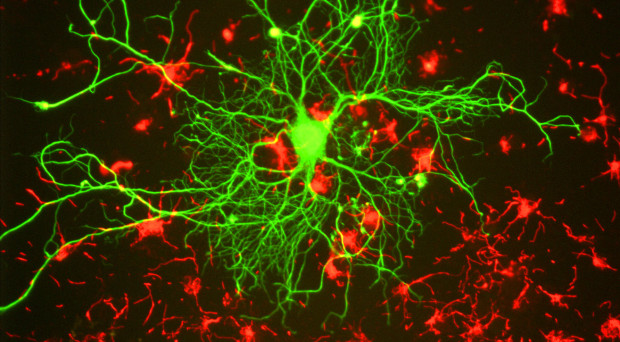
 Dr Okano is currently Dean of Keio University School of Medicine, Tokyo, Japan. He also serves as Professor of Department of Physiology at the same school.
Dr Okano is currently Dean of Keio University School of Medicine, Tokyo, Japan. He also serves as Professor of Department of Physiology at the same school.
He has been conducting basic research in the field of restorative medicine including, neural stem cells and iPS cells, spinal cord injury, developmental genetics and RNA binding proteins.
You have been the Editor-in-Chief of the journal for twelve years. What have been the major developments in this journal during this time?
The journal was originally launched in 1980 with the title ‘Ensho’ (meaning ‘inflammation’). In 2000, it was re-launched with the title ‘Ensho Saisei’ (meaning ‘inflammation and regeneration’), and published as the official journal for The Japanese Society of Inflammation and Regeneration. Both ‘Ensho’ and ‘Ensho Saisei’ were published in Japanese language. In 2006, the journal was re-launched with the title ‘Inflammation and Regeneration’, and started to publish in English.
By making a journal open access, it would enable readers to access the scientific community.
The Japanese Society of Inflammation and Regeneration is one of the biggest scientific communities for research of inflammation and regenerative medicine in Japan. We, the editorial committee, have tried to spread the presence of the journal and provided a scientific forum to discuss research topics of inflammation and regeneration.
In fact, the journal has published many important, high quality papers regarding inflammation and regeneration, including those in the field of autoimmune diseases, aging, fibrosis, vascular biology, many aspects of immunology, tissue engineering and homeostasis, and stem cells such as iPS cells. As the official journal of the society, Inflammation and Regeneration has played an important role to provide a scientific forum in which we could discuss a wide range of research topics.
Why did you decide to transfer the journal to open access publishing?
By making a journal open access, it would enable readers to access the scientific community. To spread the scientific role of Inflammation and Regeneration more widely and internationally, we decided to transfer it to open access publishing. Particularly we strongly hope young researchers can easily access this journal and submit their own work.
How do you hope the field of inflammation research and regenerative medicine will evolve in the future?
Inflammation is one of the most fundamental research fields of bioscience, thus it should be tightly related with the research of regeneration.
Inflammation is one of the most fundamental research fields of bioscience, thus it should be tightly related with the research of regeneration. For example, after tissue inflammation, a regenerative response should occur, in which recruitment or activation of tissue stem cells might be induced. New findings in either field would substantially influence each other.
What are your main goals for the journal in its next phase?
Inflammation and Regeneration should be filed in PubMed and obtain its own impact factor. The enhancement of the journal would be tightly associated with an advancement of The Japanese Society of Inflammation and Regeneration.
The advancement of the society would also influence the improvement of the journal. We hope the journal will be widely and internationally known and loved by a wide range of readers and authors.
- Hepatitis research and therapy around the globe – Q+A with editors and reviewers - 28th July 2016
- A new era for Inflammation and Regeneration: an Editor Q+A - 25th April 2016
- Little Fish, Big Role - 19th November 2015
Comments